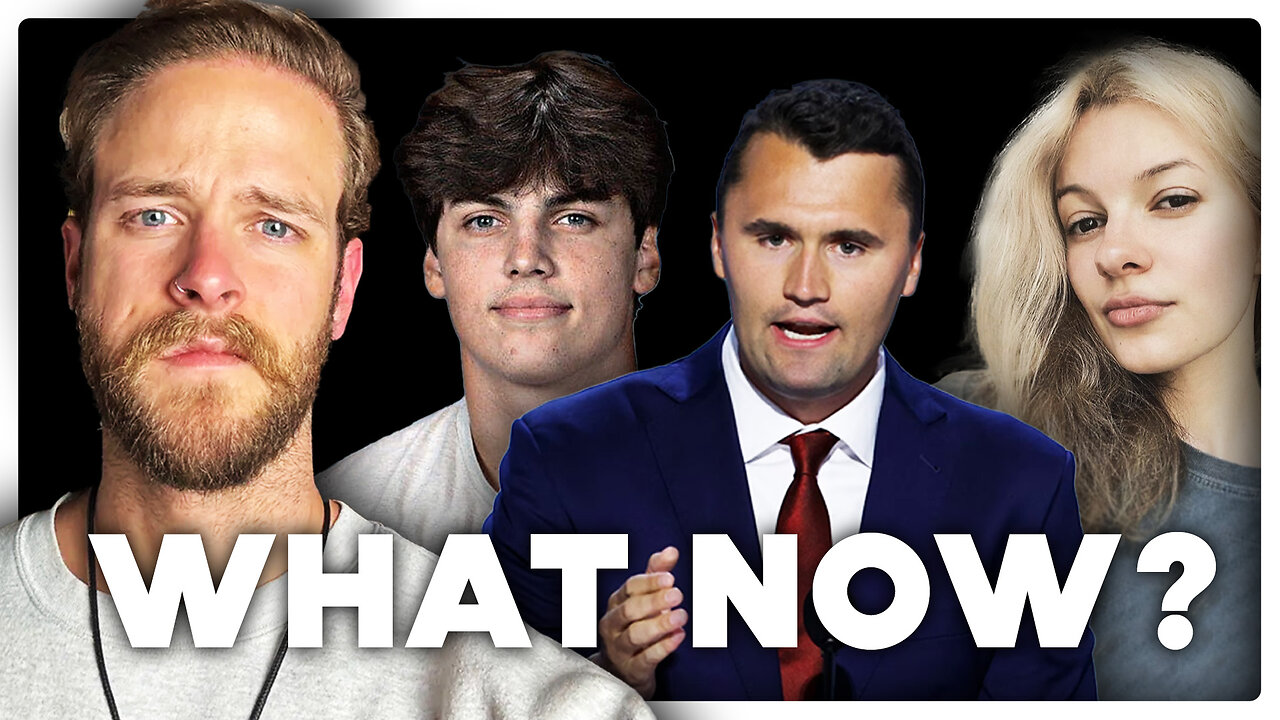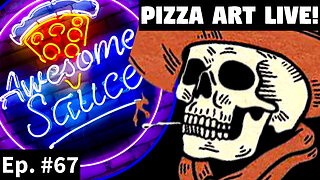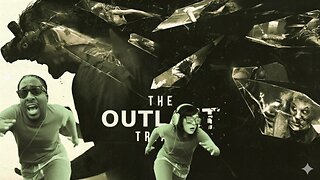Premium Only Content

Charlie Kirk: It Could've Been You
“It could’ve been her. It could’ve been me. It could be you.”
This episode is about the human reflex that makes one local tragedy feel heavier than a distant catastrophe—and how bad actors exploit that reflex. We start with empathy vs. sympathy (why we can step into a story that isn’t ours), move through the psychology of numbing at scale (psychic numbing, proximity bias, identifiable-victim effect, parochial empathy), and then confront what happens when speech itself becomes the target.
Over the 48 hours after the killing of Charlie Kirk, the internet split along two currents: celebration and a blizzard of mutually contradictory “explanations.” That pattern has a name: the firehose of falsehood—so much volume, speed, and contradiction that certainty collapses and only the prevailing narrative sticks. I’m not here to solve the case; I’m here to show how the information war shapes what millions come to believe and what they feel permitted to celebrate.
To make sense of the moment, we look backward. In 1856, Senator Charles Sumner was caned nearly to death on the Senate floor after denouncing slavery. Less than five years later, America was at war. I’m not predicting a war now—I’m drawing a sober parallel: when words are answered with beatings or bullets, a line has been crossed, and standards shift. The culture learns what is “now on the table.”
This is not a ritual concession (“I didn’t agree with him, but…”). You don’t have to share someone’s politics to reject applause for death. Moral consistency is the point: if it’s wrong when “they” do it, it’s wrong when “we” do it. Full stop.
Throughout the episode, every claim you hear is paired on screen with a source—post, clip, or document—so you can judge for yourself. I separate evidence from analysis, flag what’s disputed or unverified, and keep private info blurred. If I miss something, I’ll pin corrections.
What you’ll learn
Why our hearts feel one loss more than a thousand—and how scale distorts empathy
How the firehose of falsehood overwhelms attention and hijacks consensus
Why the Sumner caning still matters as a cautionary tale
How to hold principles over tribes when the crowd’s cheering for blood
A constructive way forward
Protect the people you love—and protect the norms that keep talk from turning into violence: argue in good faith, refuse doxxing, don’t dehumanize, don’t celebrate harm, and look opponents in the eye. You don’t need to agree to be decent.
Sourcing & Fair Use
All third-party clips are shown for commentary/critique. Sources are cited on screen and linked below. Opinions are my own. Corrections welcome.
If this resonates, share it with one person who doesn’t vote like you. Not to “own” them—just to remind both of you where the line should be.
-
 9:11:52
9:11:52
SpartakusLIVE
9 hours ago#1 Solo Savant stream DEEP into the night || PUBG Later Tonight?!
73.4K5 -
 13:56
13:56
Clintonjaws
14 hours ago $33.57 earnedEntire Room Speechless As Poilievre Snaps & Puts TV Hosts In Their Place
49.5K25 -
 4:23:32
4:23:32
EricJohnPizzaArtist
1 day agoAwesome Sauce PIZZA ART LIVE Ep. #67: HALLOWEEN SPECIAL tribute to “Need to Breathe”
59.7K14 -
 2:26:26
2:26:26
Nerdrotic
10 hours ago $52.95 earned3I/Atlas : A Cosmic Horror or a New Interstellar Understanding? | Forbidden Frontier #122
209K19 -
 54:56
54:56
Sarah Westall
8 hours agoHidden Biblical Writings: Evidence Based Investigation, Worlds First Collection w/ Matthew McWhorter
33.4K26 -
 3:08:48
3:08:48
megimu32
7 hours agoOTS: Great Scott! How Back to the Future Changed Movies Forever
36.7K9 -
 3:40:15
3:40:15
CassaiyanGaming
7 hours ago🟢LIVE - The OUTLAST Trials with JahBless & CatDog
26K5 -
 10:54
10:54
Nate The Lawyer
2 days ago $18.50 earnedNEW Charges & Lawsuit For Fake Doctor Illegal Who Ran Schools For Decades
56.1K48 -
 2:34:44
2:34:44
Joker Effect
6 hours agoSTREAMER NEWS: Adin Ross, LupLupka, SideScrollers, N3on, TrainwrecksTv, Cuffem, WestCol, BottedWTF.
26.2K14 -
 3:04:40
3:04:40
IsaiahLCarter
1 day ago $5.58 earnedWill New York City Choose Communism? || APOSTATE RADIO 032 (with John D. Macari)
32.1K15